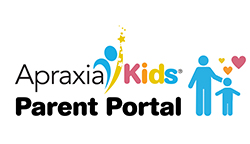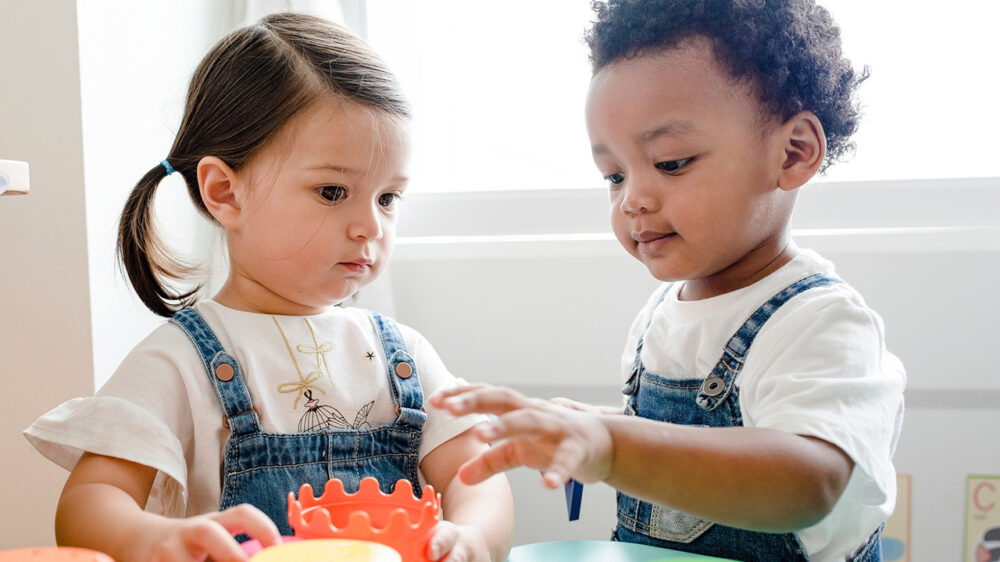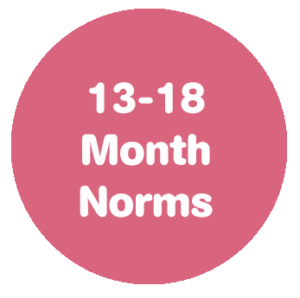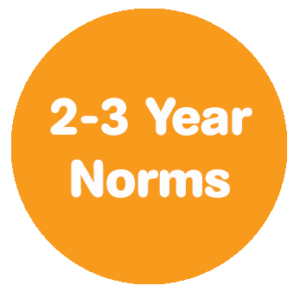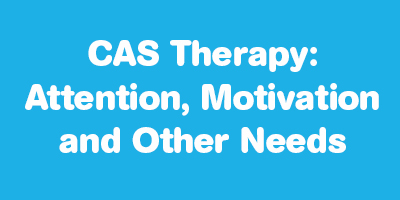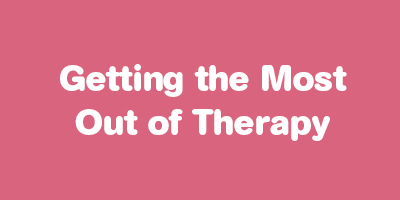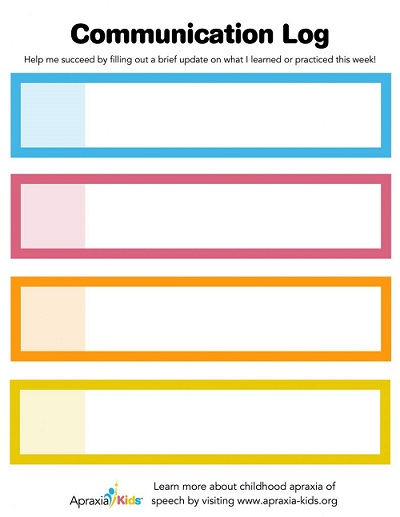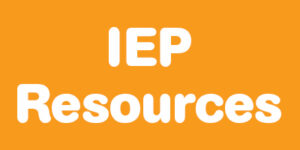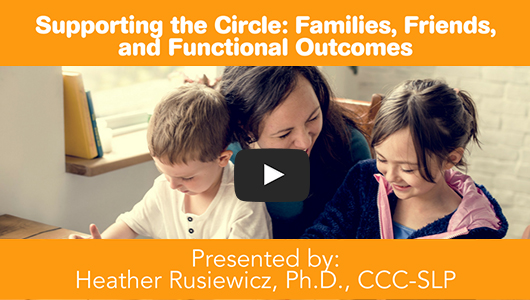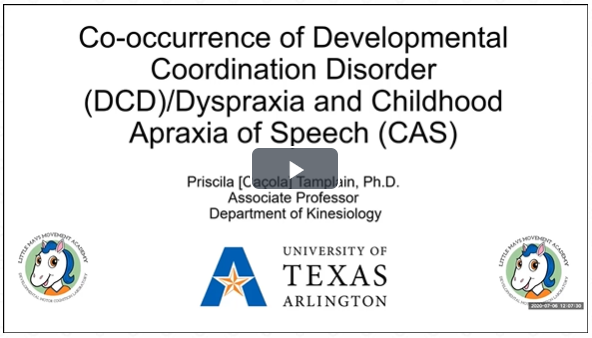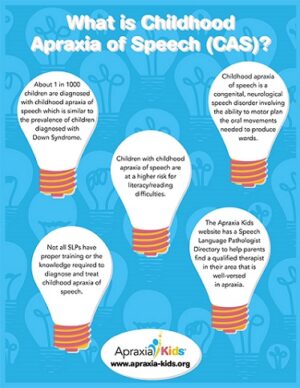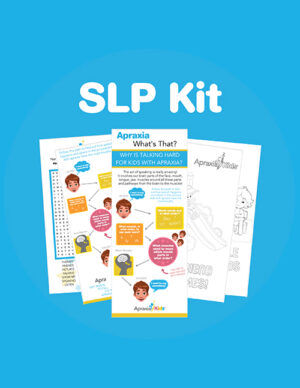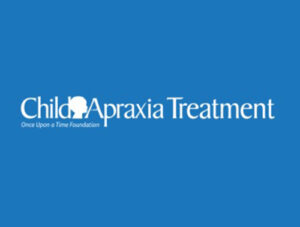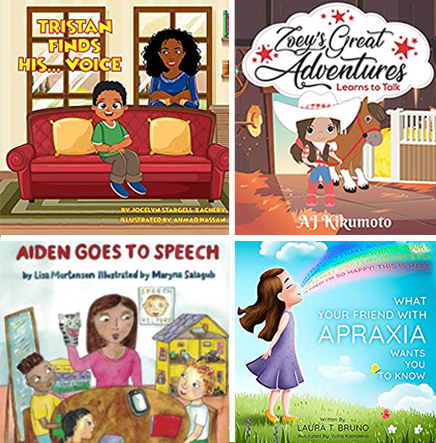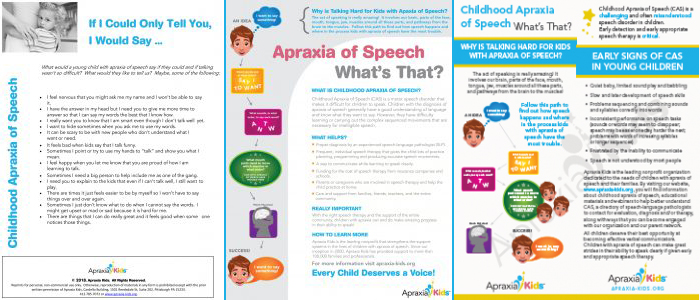Picture Communication Boards
Here are some things to consider when you are creating your own communication boards for your apraxia star:
- Pictures of foods/drinks they like and don’t like. They can use this picture to talk about these foods/drinks, request to put them on the shopping list, add what they like to their pizza, or even order in a restaurant
- Pictures of their friends/teachers/activities/toys at school to talk about when they’re at home, if applicable • Pictures of family/extended family/pets to talk about (cousins, siblings…)
- Pictures of things they like to do or places they like to go – even if they can’t go there right now, they can express it
- Emotion pictures or emojis to let them tell you how they are feeling – mad, happy, bored, scared, hurt, sick, sleepy, hungry, etc.
- Pictures of descriptions – funny, silly, yucky, yummy, pretty, big, small, colors, etc.
- Pictures to use while playing games – my turn, your turn, wait, stop, yes, no
You can search online and print out pictures, take pictures with camera and print, have your child help draw/color pictures and you can glue them on file folders. Then put these in a small photo book you can find at the dollar store, or on index cards, and put them on a ring to make them last longer and keep them organized.
An Easy Way To Make Pictures
Most computers have a “photo” or “take picture” function (on the MAC it is control-shift-three) and it will take a picture of whatever is on your screen. You can then take the “picture” you took and manipulate / resize / add text or whatever in your graphics program. You can do this with any favorite computer programs that are running, take “pictures” of favorite cartoon characters on web sites, toys or games at your favorite toy website such as etoys.com or toysrus.com or amazon.com etc….it is a GREAT way to get pictures for a communication picture board.
More Information About Making Your Own Picture Boards
PrAACtical AAC
Do 2 Learn
Teachers Pay Teachers
PECS Communication Board System
